How we test, review and rate office chairs on TechRadar Pro
Our process for independent real-world testing
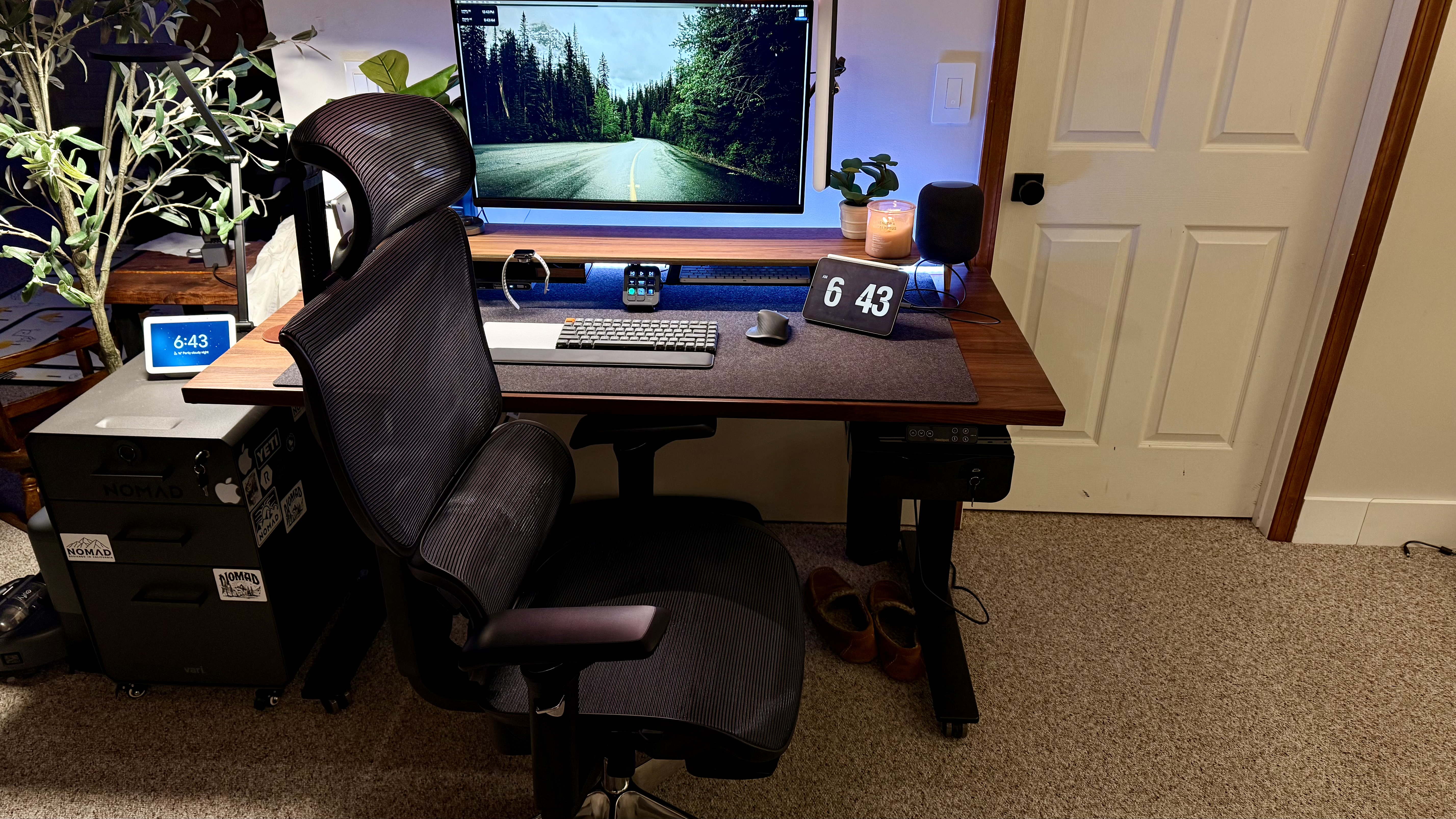
Our mission
At TechRadar Pro, we believe the best office chair is an essential part of any modern workplace. Our mission is to subject every chair we test to a thorough, multi-step review to help you identify the right one for your workspace and workflow,
From high-performance and premium office chairs to budget tasks chairs, an office chair is a serious investment in your comfort and your health. You’re using this for forty-hour work-days, five days a week - so we do, too.
How we test: office chairs
If you want to know more about our testing philosophy for business and consumer products, visit our “how we test” page.
Part 1: Unboxing, assembly, and first impressions
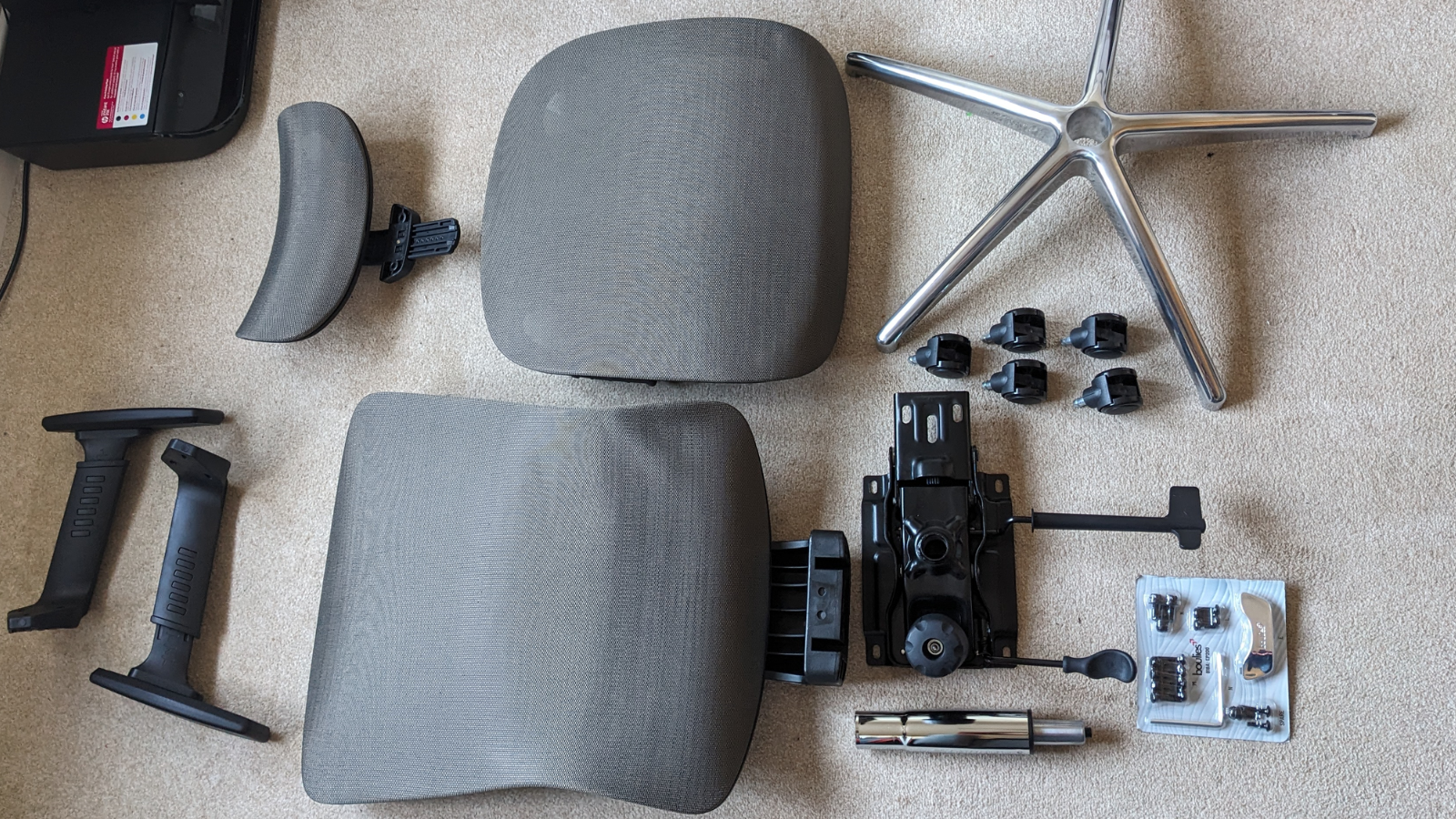
Our office chair testing begins from the moment we open the box, where we assess what’s inside. We check everything, right down to the smallest screw, to ensure you get everything you need to get started and the overall build quality of each part.
Consulting the manual lets us see how easy the process should be and whether it will make sense to those who don’t construct office chairs on a regular basis. Simple, clear, and precise instructions are key. Only then can assembly begin.
Construction is timed with a stopwatch to accurately assess assembly times. In our experience, the average time to build an office chair is around 20 minutes; we consider anything over 45 minutes to be long. This may not impact the overall score - the juice may be worth the squeeze - but will be noted in our review.
Sign up to the TechRadar Pro newsletter to get all the top news, opinion, features and guidance your business needs to succeed!
Once the chair has been assembled, we evaluate the chair’s design and build quality. This includes the durability of materials used and the stability. We also look at the chair’s intended purpose - such as its suitability for the home office or in busy office environments where it may be subjected to more robust use by multiple people.
Part 2: Endurance testing
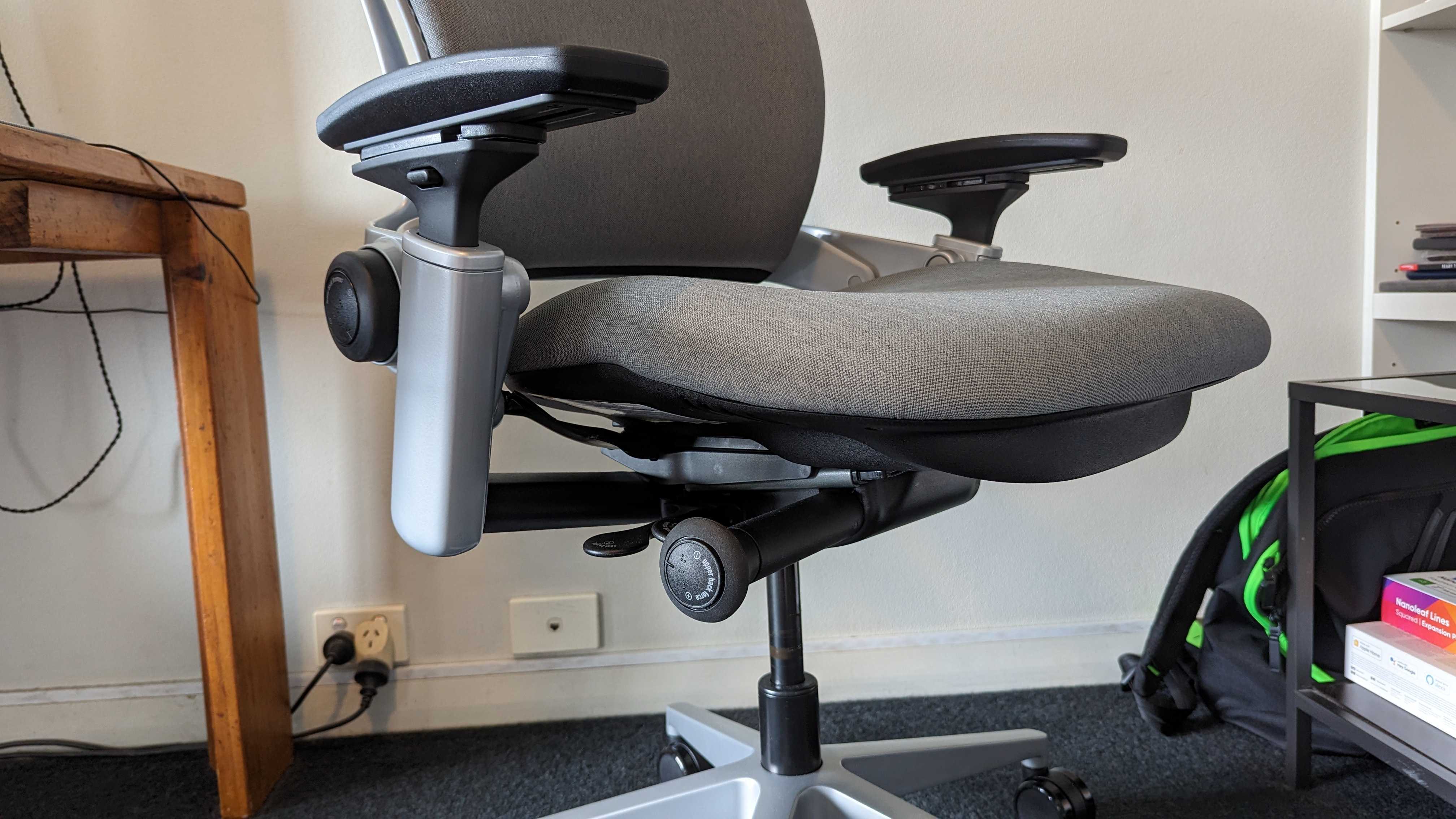
Our first time using the chair is always an exciting moment. We’re looking to see how comfortable and supportive it is. We want to assess whether it lives up to our first impressions (and the manufacturer’s promises).
With the chair built, it becomes our daily driver for the duration of the review process - this will be a minimum of seven days, and up to three months. Some chairs may be used long after the initial review period, and in these cases, we’ll update the review and guide with new information should anything change.
Each chair endures real-world stress testing over 40-hour work days (and often well beyond that). It’s important for us to understand how the chair holds up under real-world pressure.
Comfort plays a massive part of this element of the testing period - not just first thing on a Monday morning, but at five o’clock on a Friday after a full week of work. We want to ensure the chair doesn’t cause aches, pains, and fatigue. Mesh office chairs should be breathable; padded office chairs should be snug. All of them should feel supportive on the back and rear, and encourage better posture when sitting upright or reclining.
Part 3: Features testing
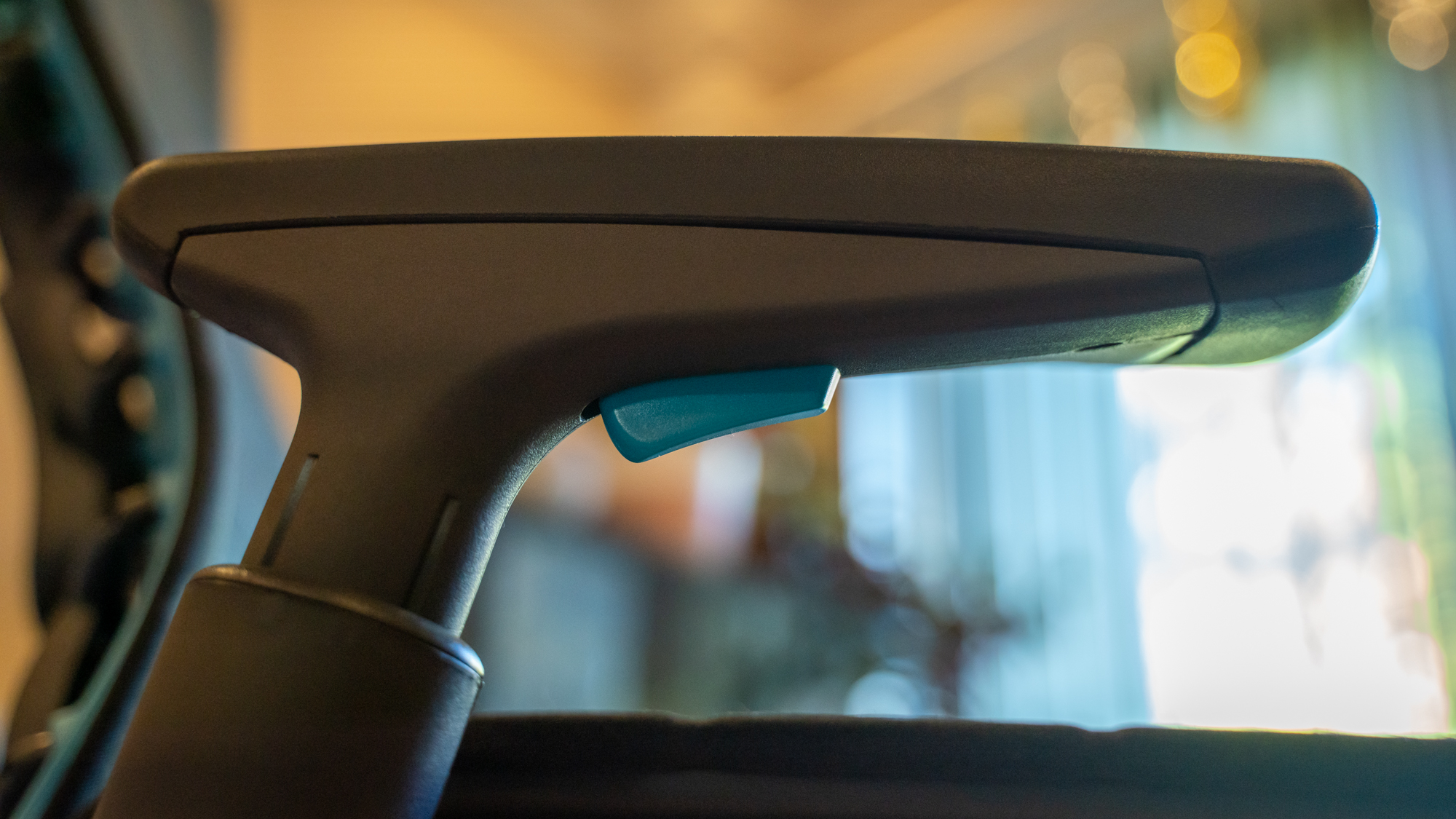
We test out every adjustment control, such as positioning and repositioning armrests, altering lumbar support, and using under-chair controls to repeatedly adjust seat height and depth.
These mechanisms need to be intuitively placed, so they don’t cause you to over-extend when blindly reaching for the levers. It should be clear what each lever, knob, and turn-dial does. And that operation should be smooth, gliding into position as seamlessly as possible to prevent disruption to your workflow.
Testing the lumbar support is a major factor - it’s usually the element that can make or break an office chair. If it’s adjustable, we want to assess the firmness and how well it supports petite and tall users. If it’s dynamic, it must conform to our spine and shift as we move for continued support. With chairs like the Steelcase Leap and the Herman Miller Embody, we’ll also look at core features and design of the dynamic backrests.
Most importantly, we want to see how well features work in concert to tailor the sitting experience for prolonged use.
Part 4: The personal fit
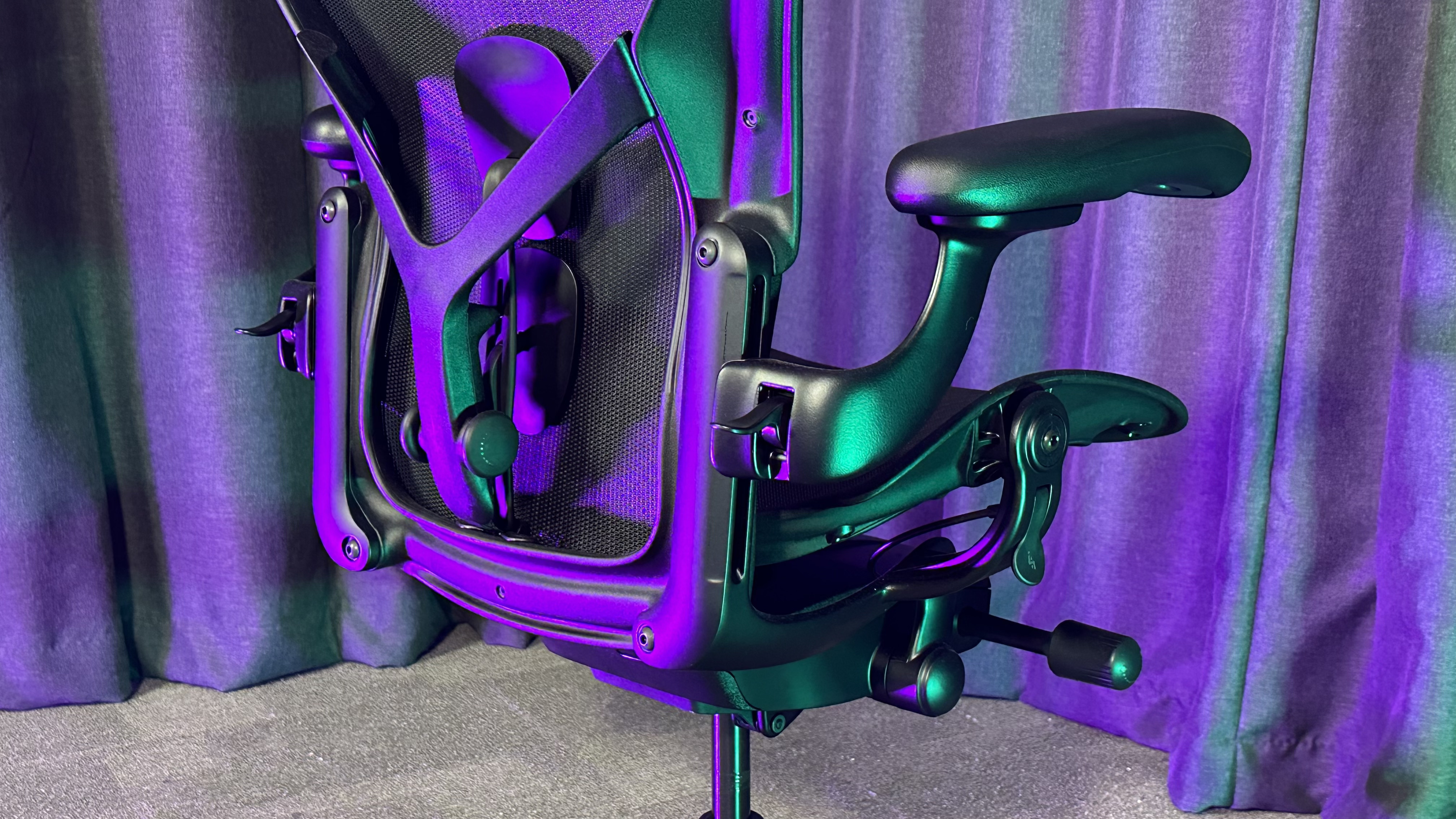
No office chair should take a one-size-fits-all approach. Our testing panel includes reviewers and users ranging from 5’3” to 6’5”. It’s not enough for us to simply accept the height range and weight load found on a spec sheet.
We test the chair’s claims against real body types, big, tall, small, and everything in between to discover how each chair accommodates different users.
For us, a chair that cannot accommodate a wide range of frames isn’t worth the investment.
Part 5: Cost and value
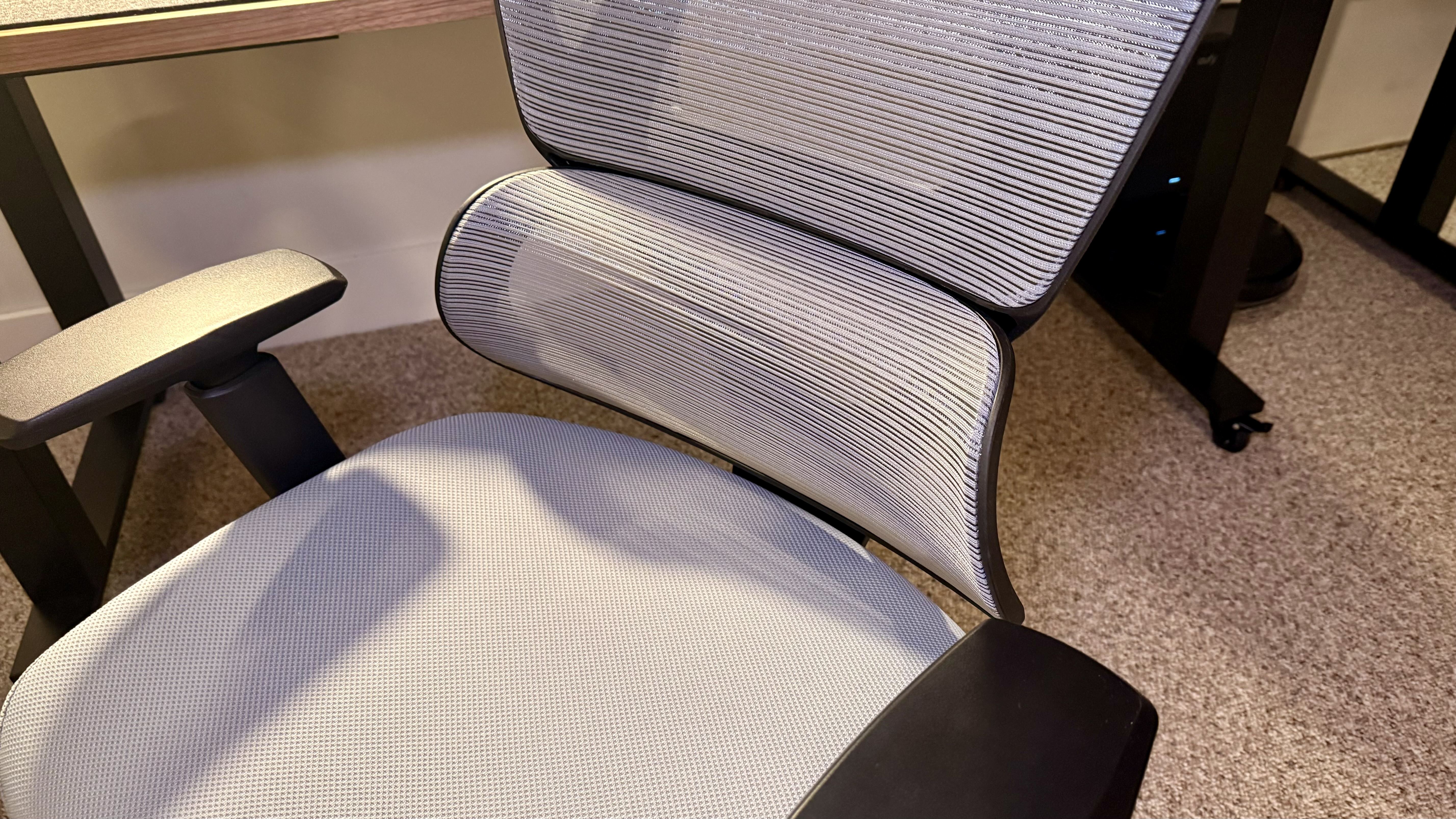
It’s easy to spend hundreds on an office chair, but that doesn’t mean it offers good value for money. We’re not looking for the cheapest office chair we can find - value goes well beyond the price tag.
We look at everything you get for the total cost. That means style and design, ergonomic features, materials, stability and the quality of the build, length of the warranty, and long-term durability.
Whether it’s a premium seat or a budget model, it needs to reliably serve you for years to come with features that meet or exceed those found in a similar price-bracket if it’s to offer true value for money.
Part 6: The final analysis
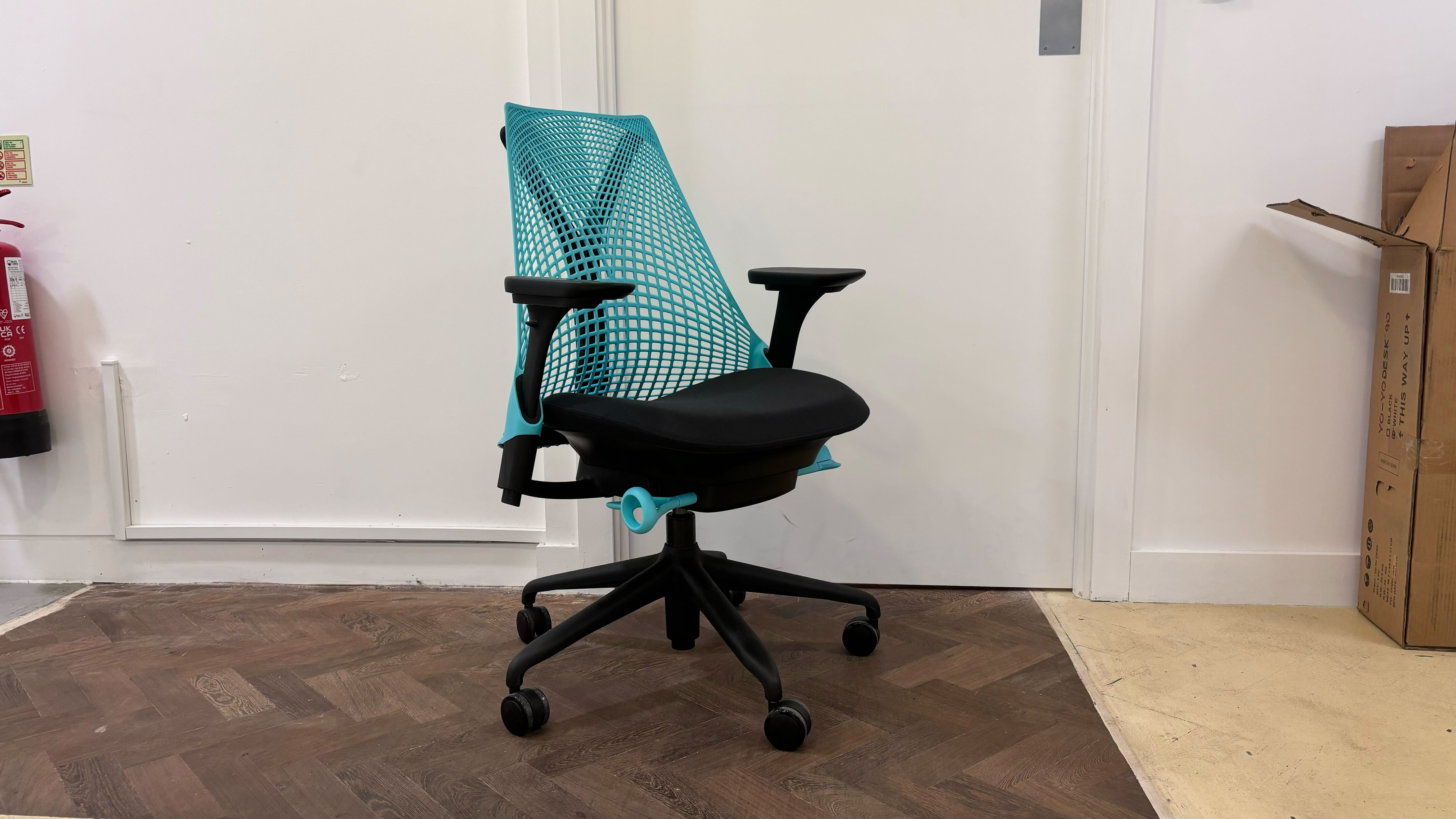
Our final score isn’t simply a star rating out of 5. Review scores are weighted in line with our mission to find office chairs that deliver comfort, support, and value for money for everyone.
That’s why Comfort and Adjustability account for 60% of the total - because these aren’t just nice to have; they’re non-negotiable features for us. If a chair isn’t comfortable or adjustable, it’s not worth your time or money.
Durability, - a build quality that can withstand the long-term pressures of real-world use - is an absolutely critical factor alongside stability and weight limit. If it can’t meet the threshold for long-term use, regardless of price, then we can’t recommend investing in it.
Ease of assembly is lower, since while it may take time to construct the chair, if it provides the level of support we expect then it’s worth that time spent.
A low price is always a welcome bonus, but if it can’t hold up to our 40-hour endurance test threshold, it doesn’t truly offer value for money, and can’t be recommended.
| Header Cell - Column 0 | Weight (in %) |
|---|---|
Comfort | 40% |
Adjustability | 20% |
Durability | 15% |
Weight Limit | 10% |
Stability | 5% |
Ease of Assembly | 5% |
Price | 5% |
Our promise to you
We're fiercely editorially independent.
• We do not take payment for product reviews. Ever.
• We select products for review based on what we believe our readers would want to know.
• We'll tell you what we think, not what advertisers want you to hear.
• We say it as we see it. Our expert reviewers love technology and want you to love it too. If it's not worth buying, we'll tell you.
• If a product doesn't meet our high standards, we'll tell you why not.
• We'll test products in real life, with a minimum acceptable number of days of testing required before we write our reviews to ensure every product has been thoroughly dissected.
• If you think we're not living up to our promise, please email the editor in chief and we'll put it right.
When you purchase through links on our site, we may earn an affiliate commission. We do not accept payment for reviews. This means we can provide a frank and honest assessment of an office chair without fear or favor.
Our editorial independence is backed by the weight of the world's largest technology publisher, Future Publishing, which means we can tell you what we think of a product without fear or favor. Visit our About Us page to learn more.
You must confirm your public display name before commenting
Please logout and then login again, you will then be prompted to enter your display name.